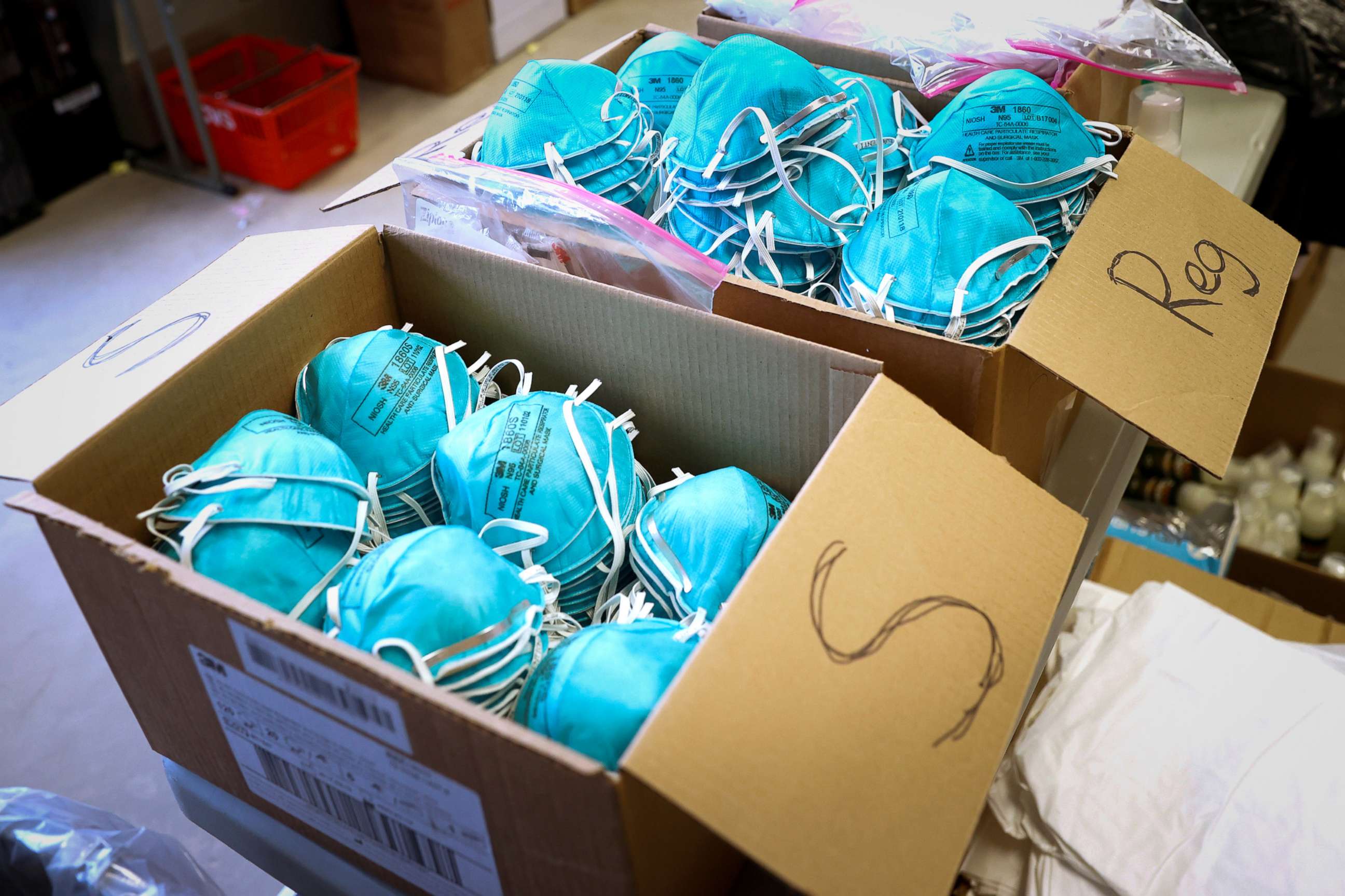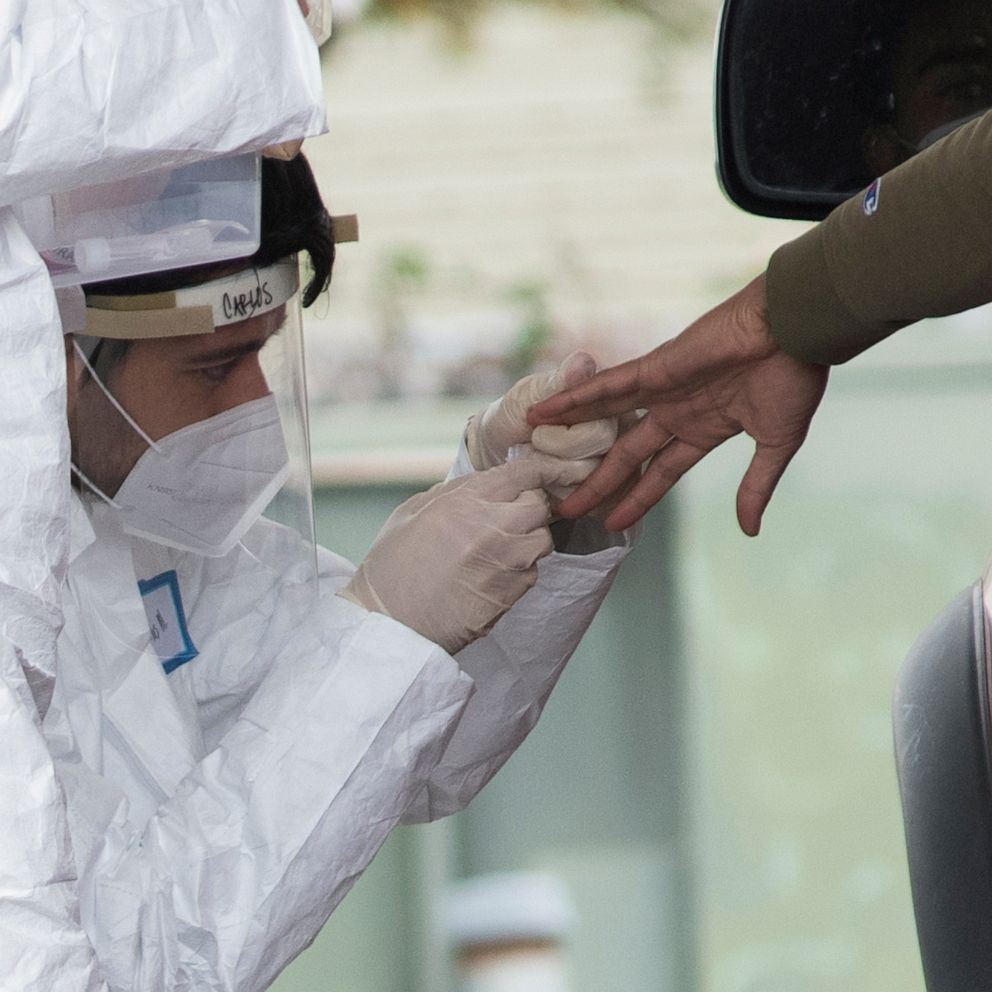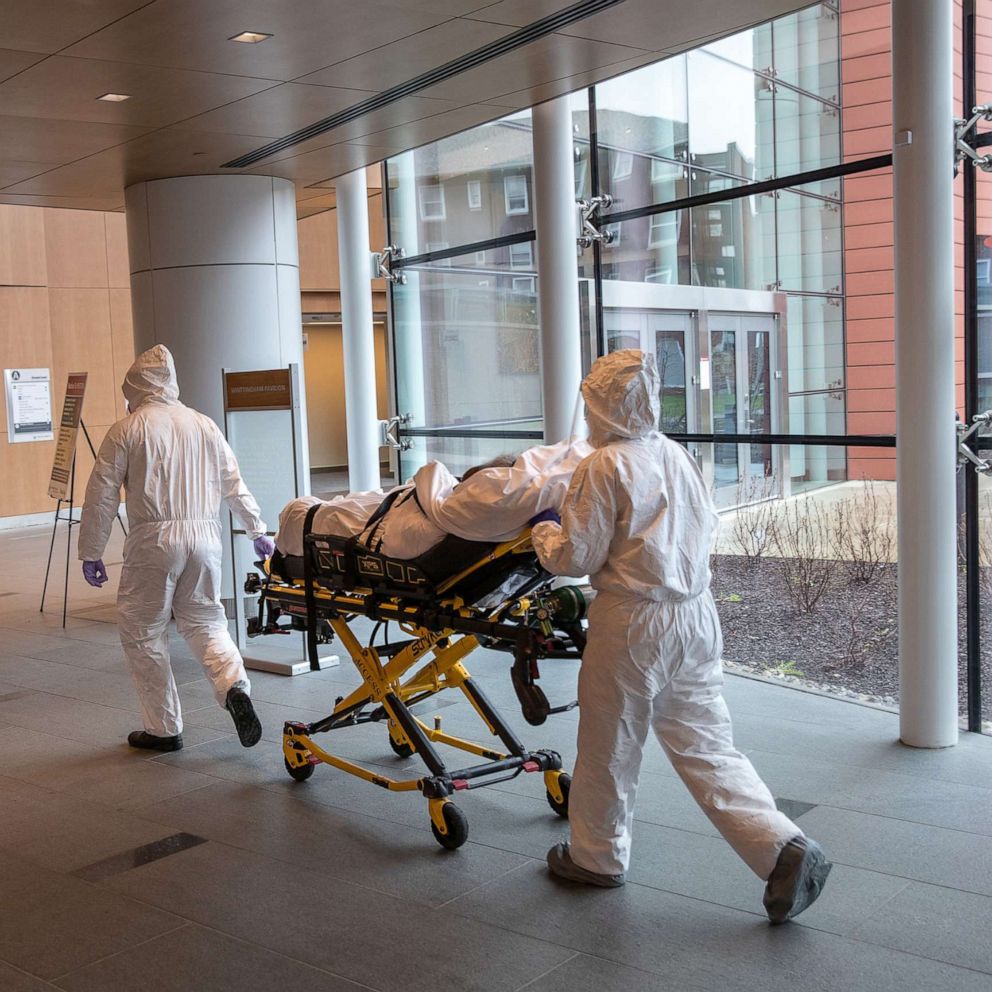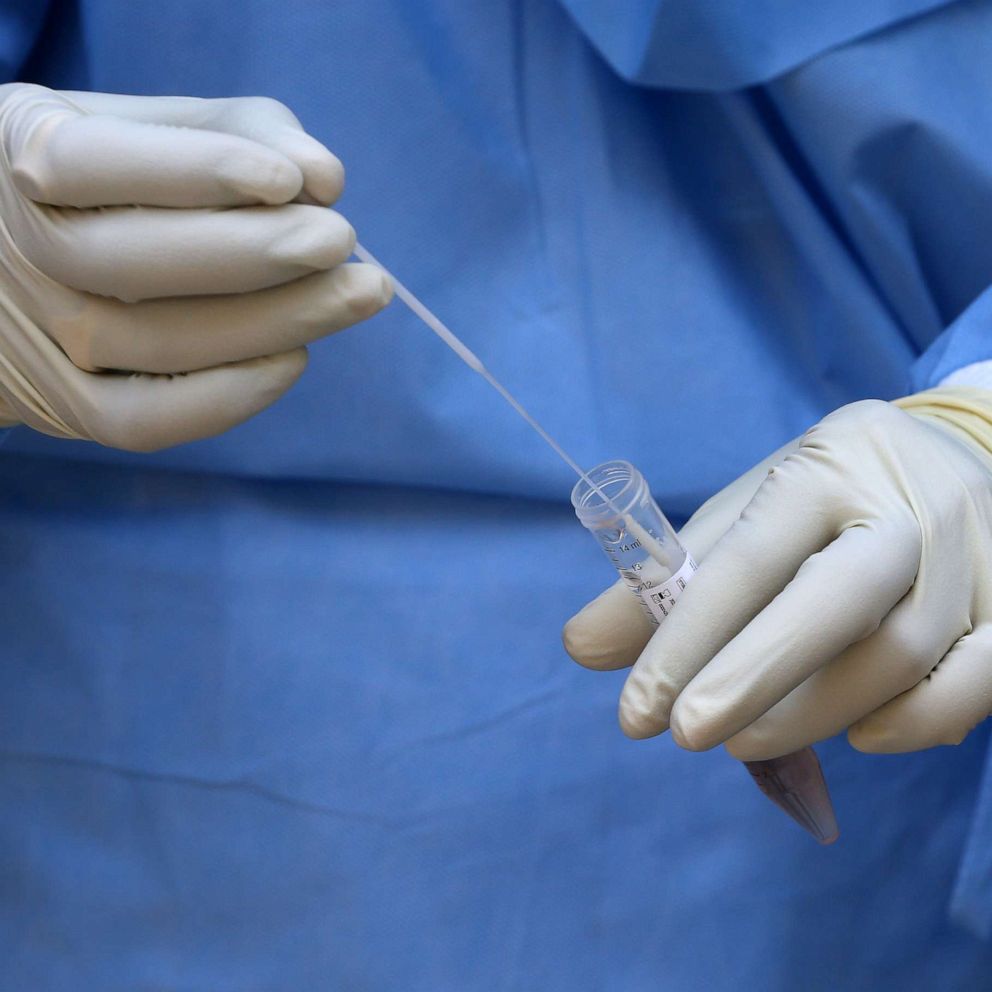Building blocks of an early warning system for the next pandemic: Analysis
We need an "outbreak NORAD" to detect, validate and warn of incoming pathogens.
America’s national defense is anchored by NORAD -- the North American Aerospace Defense Command. Its job is the "detection, validation, and warning of attack" against America and Canada by any kind of air- or sea-borne weapon or force.
The COVID crisis has shown we need an "outbreak NORAD" to detect, validate and warn of incoming pathogens that have the potential to attack North America and the whole world.
Searching for vaccines and treatments while a pandemic rages is obviously too little, too late. An aggressive early warning system would help deploy resources aimed at knocking down outbreaks before they can spread into epidemics or pandemics.
That disease forecasting capability can come from a rising wave of technology innovations that help public health officials find and respond to threats as they arise, allowing them to get a much quicker handle on the size and scope of the potential problem.
Tune into ABC at 1 p.m. ET and ABC News Live at 4 p.m. ET every weekday for special coverage of the novel coronavirus with the full ABC News team, including the latest news, context and analysis.
In general, the components of early detection focus on being able to spot unusual patterns or clusters of illness as quickly as possible -- while filtering out unimportant signals so as not to overwhelm public health organizations with false alarms. Once an early warning is raised, further forecasting of the disease trajectory can target mitigation efforts.
The system’s foundation would be anchored in big data. The field I specialize in -- computation epidemiology -- gathers data from multiple "dirty" sources (like social media, geospatial and tracking data, self-reported data, sensor-based data of all kinds, etc.), aggregates it, stores it and then algorithmically sorts and analyzes it looking for relevant patterns that may indicate an outbreak and therefore merit further investigation.
New building blocks for this advanced warning system could include:
Technologies for self-monitoring
While much work has been spent focused on clues of outbreaks from people reporting on social media, the earliest warnings could be supplied by health- and fitness wearables from companies like Apple, Google, Samsung, Fitbit, Whoop and many others.
Their connected devices can monitor heart rate, body temperature and other physiological signs of illness, while smart home devices like Alexa can be programmed for cough and sneeze detection. If data from smart devices is aggregated and analyzed, the emergence of an unusual disease cluster could become apparent before doctor visits even start occurring, and doctors could be warned to be on the lookout for symptom patterns weeks earlier than they might otherwise.
Technologies for public monitoring
While public monitoring technologies strike many of us as creepy and intrusive, it is possible to use some forms of machine vision and artificial intelligence in anonymized ways that can help detection without violating privacy. An Israeli company called Binah has developed technology that can monitor an individual’s heart rate, oxygen saturation, and even stress levels through facial scanning. Aggregating that data from workplaces, sports arenas, airports and other high-traffic areas could help spot unusual outbreaks or groupings of symptomatic individuals.
:

Algorithmic telemedicine
The COVID crisis has taken telemedicine quickly into the mainstream, demonstrating both efficiency for doctors and strong disease control characteristics by reducing the need for infected patients to gather in a medical facility. At the same time, artificial intelligence-driven chatbots are increasingly being deployed to walk patients through symptoms and provide advice before they even engage with a provider, reducing strain on an already burdened health care system. Broader use of AI and telemedicine can facilitate the rapid deployment of recommendations based on travel histories and exposure, but can also help dig out crucial pieces of data from patients. In aggregate, this data has the potential to surface patterns of symptoms and diagnoses that might illuminate unusual clusters of illness.
Mobility data
Much discussion has centered on the use of mobile phones in the fight against COVID ranging from data collection apps to supporting contact tracing efforts. Our smartphones know if we’re on the move and where we’ve been, and telecom companies and tech giants like Google and Facebook can show, by association, how a pathogen can come along for the ride. Public health researchers can tap this information to identify high-risk areas, refine interventions, analyze the impact of social distancing and target public health messaging.
A disease weather forecasting service
The work of collecting all the data above is only the start. This information needs to be processed, combined and analyzed into models that can project the future course of disease.
We’ve heard a lot about disease models during COVID. Models have been inconsistent and created confusion both for policy makers and the public. While we have a National Weather Service, there is no similar platform that provides disease forecasts. Taking the remarkable advances by technologists and academicians so far and codifying it into a discipline that involves tech-enabled disease threat modeling -- as well as how to communicate results effectively to guide implementation of responses -- is what we need to effective battle against the next global public health threat.
Are there privacy issues galore to confront, debate and decide? Absolutely. They’re not dismissible by a wave of the hand in either direction. While data is anonymized, the mere fact that it is collected means we will be giving up some elements of privacy. But those are evaluations and decisions that we’ll need to make, I’ll predict, on a national level to avoid the crazy patchwork of regulation and situations we face today.
We can’t be sure what new virus (likely from animal populations) will set loose future outbreaks, but the more sensitive the early warning system we create, the earlier we can set forces of containment into motion, making it less likely we’re forced to face pandemics of COVID’s scale -- or greater -- in the future.
What to know about coronavirus:
- How it started and how to protect yourself: Coronavirus explained
- What to do if you have symptoms: Coronavirus symptoms
- Tracking the spread in the U.S. and worldwide: Coronavirus map
Dr. John Brownstein is an ABC News contributor and is chief innovation officer for the Boston Children’s Hospital and a professor of epidemiology at the Harvard Medical School.






